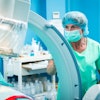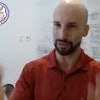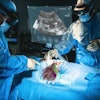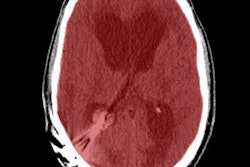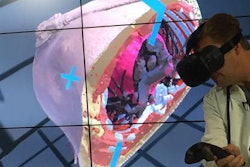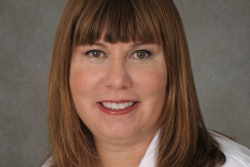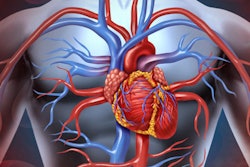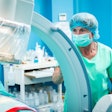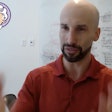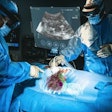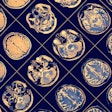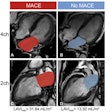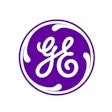Dear Advanced Visualization Insider,
Year after year, 3D printing based on medical images becomes more indispensable to healthcare, whether it's used for surgical modeling, training, or even tissue and organ replacement.
In this issue of the Insider, we highlight two more examples in our series of profiles on the people and institutions that are pushing the boundaries of 3D printing in their practices.
In today's Insider Exclusive, for example, we visit the University of Arizona, where Dr. David Armstrong, PhD, uses 3D printing for everything from podiatric surgery to ear reconstruction to head and neck surgery. We also get a glimpse of some early work on tissue replacement in Boston, where the field is advancing rapidly. Learn more by clicking here.
Meanwhile, researchers in Peoria, IL, are building an extensive 3D library of pediatric hearts from children with congenital defects. And they're working with the U.S. National Institutes of Health to design and implement a peer-review system for the image data. For the rest of the story, click here.
Offering clues on where radiology is headed, our intrepid Dr. Mary Morrison Saltz reports from the Future of Precision Medicine conference in Jackson Hole, WY, where attendees discussed the very essence of medical imaging -- its value and the role of radiologists in creating it. Learn about imaging infection through biomarkers, fluorescence, and more in our latest Mary's Musings.
Surgery simulation is a topic of interest among cardiologists looking for ways to get surgeons trained before they try their hand on real patients. The animal heart model they practiced on was more real than virtual, but the lessons they learned are tailor-made for today's generation of virtual reality designers. Learn more here.
Last but not least, we explore machine-learning research that is shedding new light on a basic question all radiologists face: benign or malignant? The target for doctors at the Jiangsu Institute of Nuclear Medicine in China was thyroid nodules. Could an ultrasound-based algorithm figure out which nodules were suspect better than a radiologist, and how much did experience matter? Find out here.
We invite you to scroll through the links below for the rest of the news in advanced visualization, computer-aided detection, and 3D imaging -- right here in your Advanced Visualization Community.
